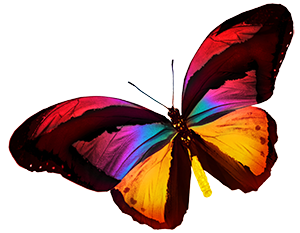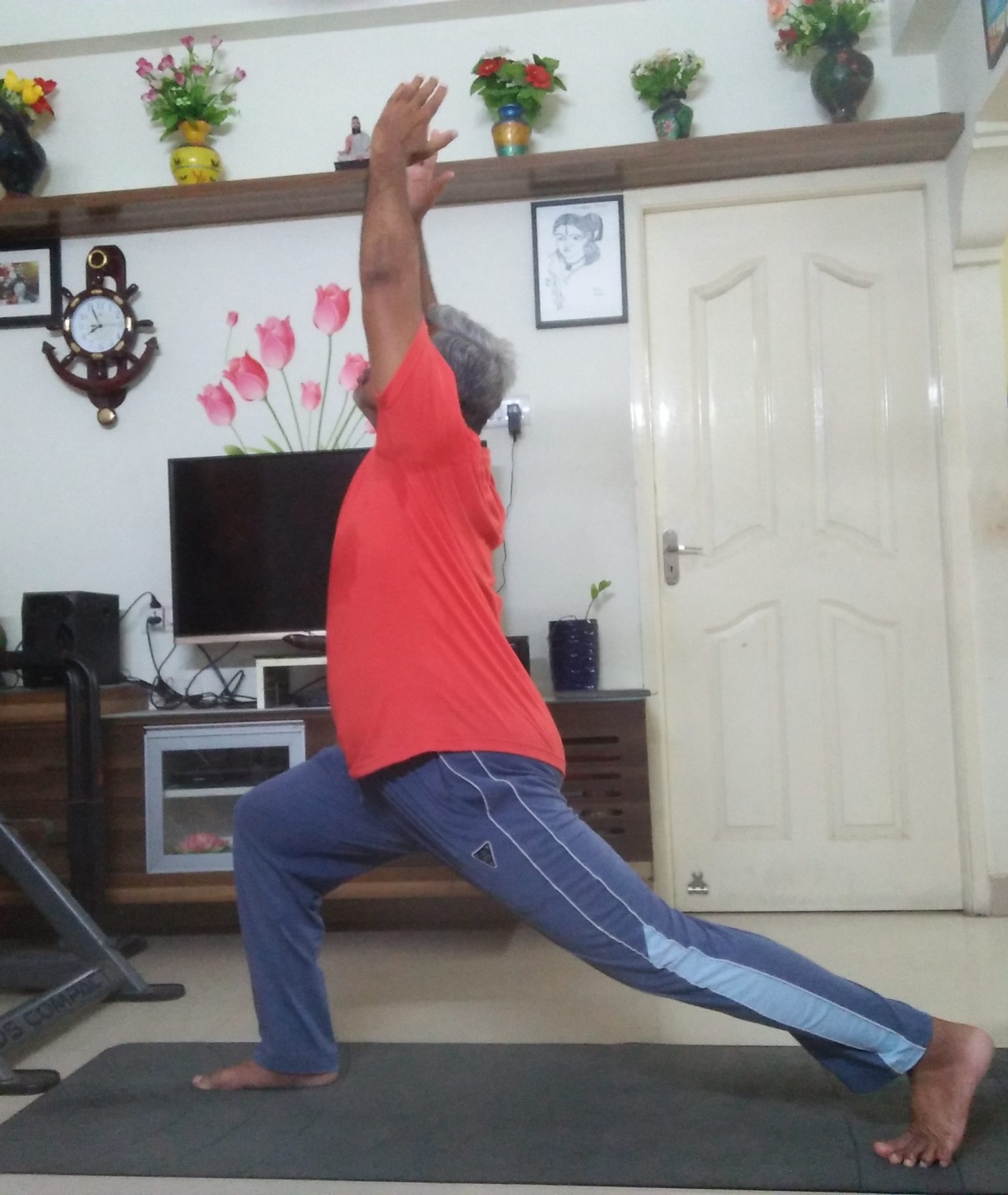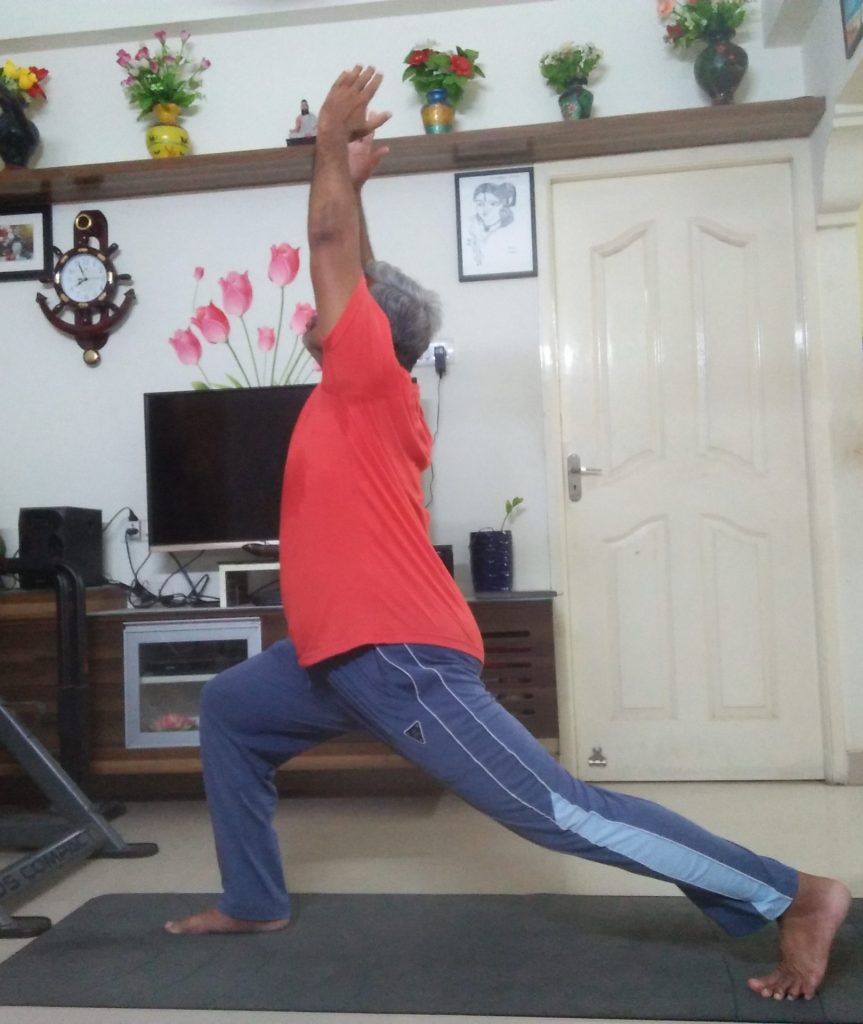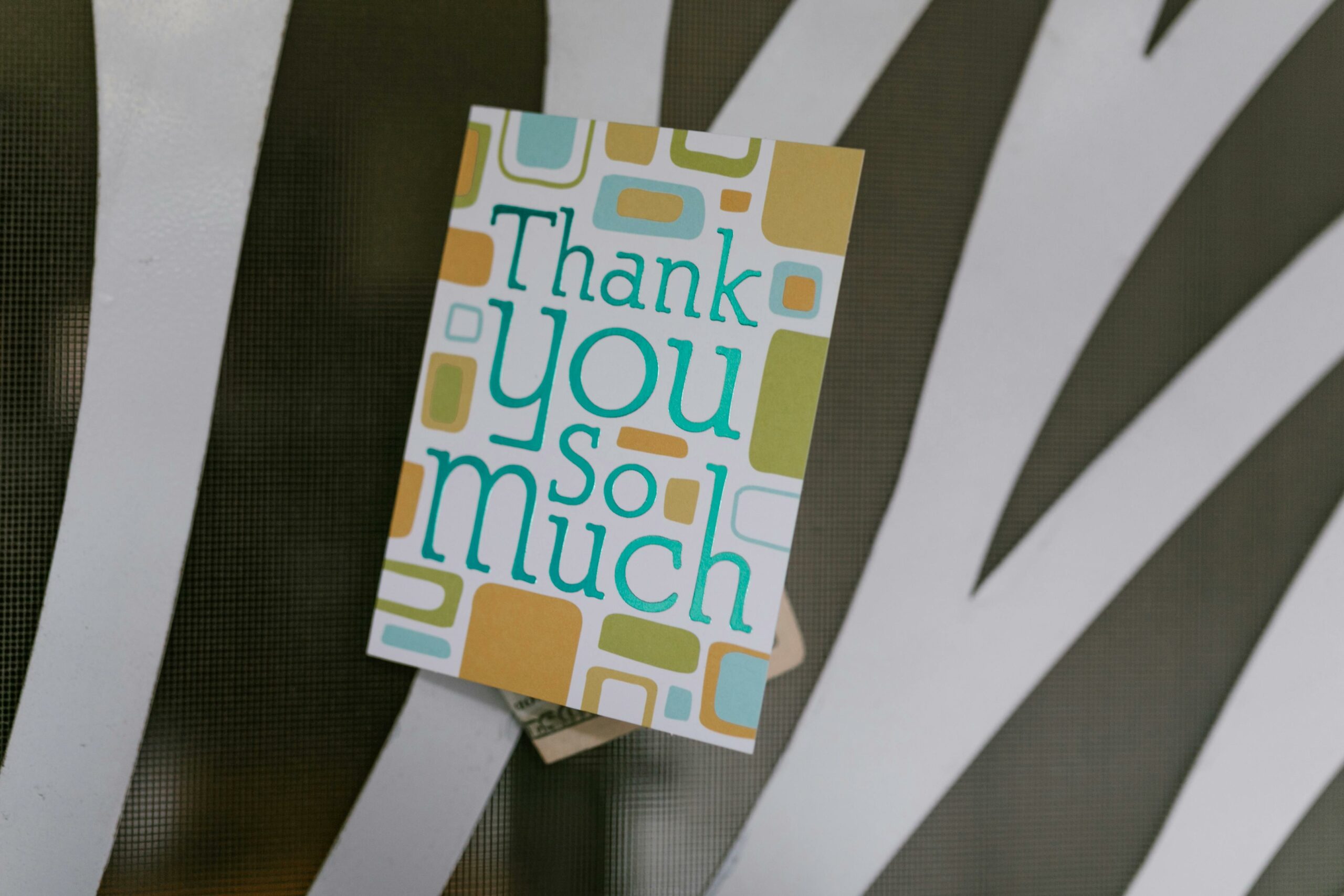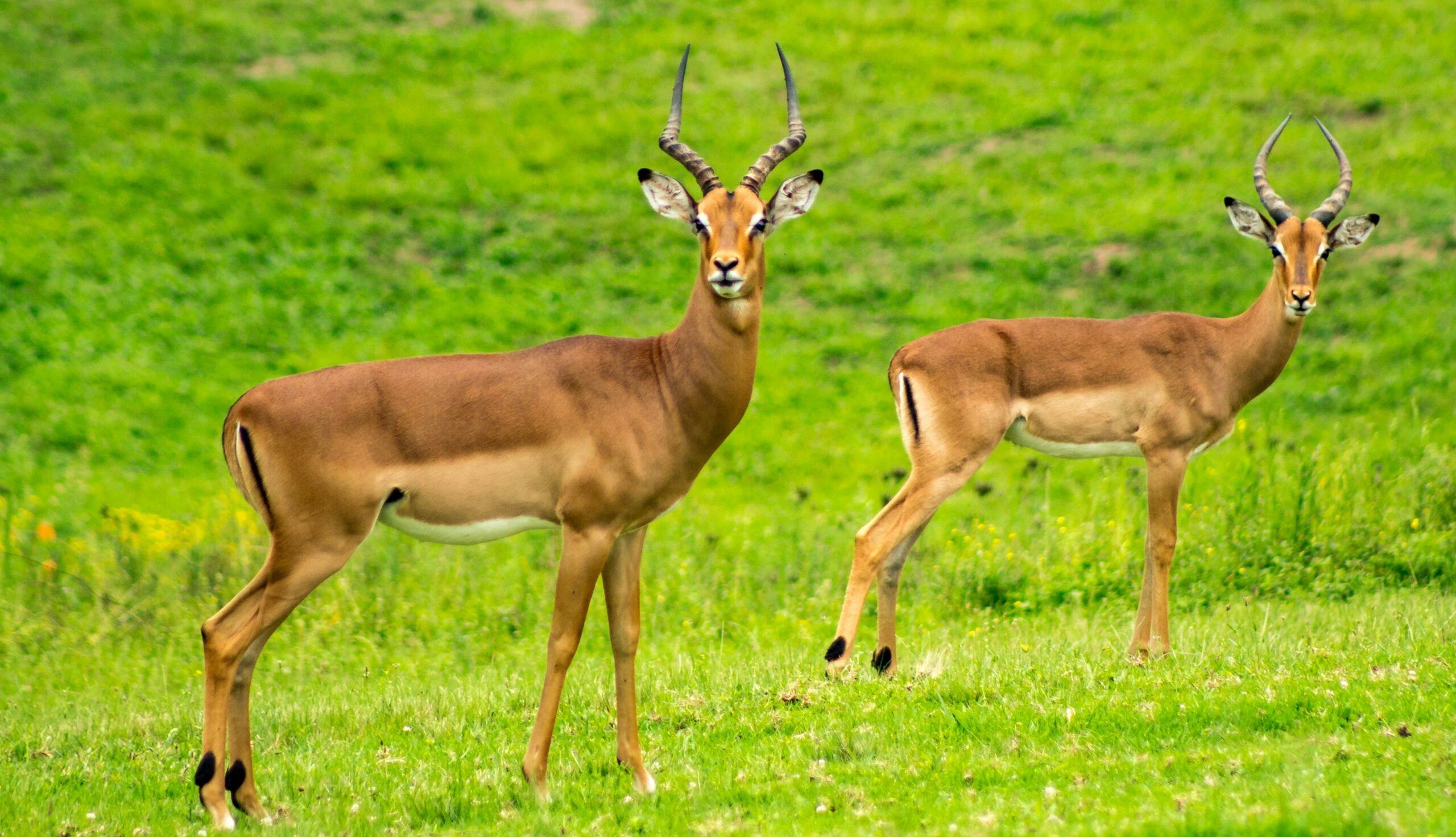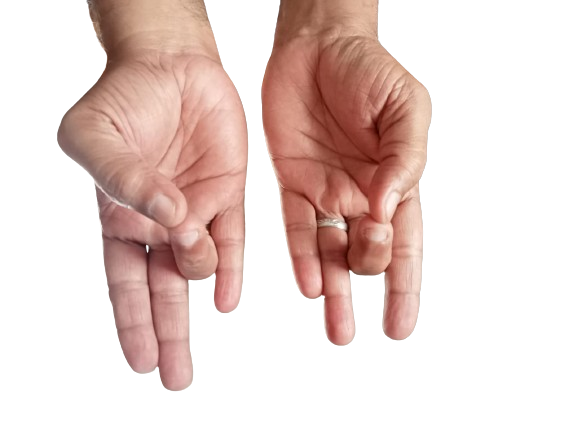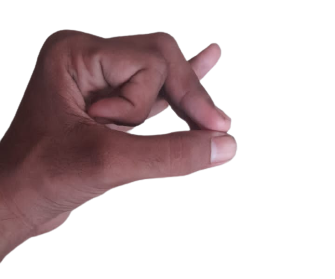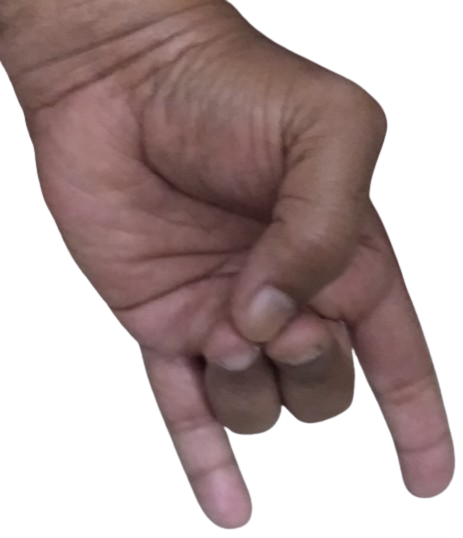High Lunge Pose is called as Ashta Chandrasana in Sankrit. 'Ashta' means 'eight' and 'chandra' means 'moon'.
In High Lunge Pose, svadhittana and manipura chakras are stimulated. Manipura attracts universal energy; svadhittana promotes creativity. Regular practice of High Lunge Pose promotes self-esteem and supports mental health.
Other Benefits of High Lunge Pose
- Stretches the spine.
- Strengthens back muscles
- Strengthens lungs
- Boosts heart health.
- The pose stimulates functions of abdominal organs.
- Improves overall flexibility
- Energizes the body
- Strengthens the joints
- Strengthens legs
Instructions
- Stand on the mat. Keep your feet slightly apart from each other.
- Exhale as you draw your right leg backwards and place it about 3 to 4 feet away. The right toes should be on the floor.
- Bend your left leg. The left knee and left foot should be aligned.
- Inhale as you raise your hands over your head with the palms facing each other.
- Look straight.
- Hold the pose for 20 seconds. Return to starting position. Now repeat the same with the left leg behind.
Note
Those with chronic hip and knee conditions should refrain from practicing High Lunge Pose.
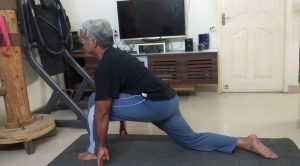
Yoga Pose for Day 70 - Equestrian Pose (Ashva Sanchalanasana)
Equestrian Pose forms a part of Sun Salutation sequence. It is performed as the fourth and ninth pose in the sequence.
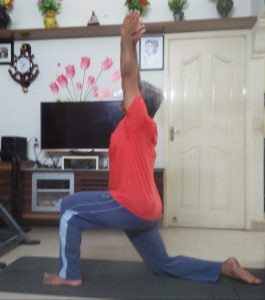
Yoga Pose for Day 68 - Low Lunge Pose / Crescent Moon Pose (Anjaneyasana)
Low Lunge Pose is called as Anjaneyasana in Sankrit . The pose stimulates muladhara, svathittana, manipura and anahata chakras. Low Lunge Pose is also referred to as Crescent Moon Pose.
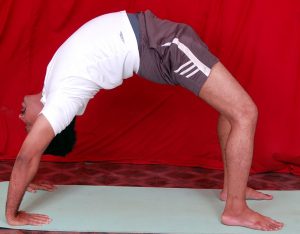
Yoga Pose for Day 67 - Upward Bow Pose (Urdhva Dhanurasana)
Upward Bow Pose is often referred to as Wheel Pose. However, in Wheel Pose, you bring your hands and legs close to each other to form a wheel whereas in Upward Bow Pose, hands and legs are apart. Upward Bow Pose is called as Urdhva Dhanurasana. In Sanskrit, 'Urdhva' means 'upward' and 'dhanur' means 'bow'.
